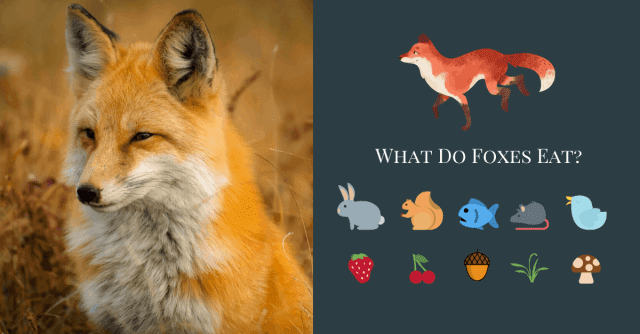I have previously written about the
appalling Badger cull here and here.
On
Wednesday of this week, the Government announced that no new mass culls
of Badgers will be allowed in England after 2022.
The drive to
eradicate bovine TB (bTB) will instead focus on vaccinating Badgers and
cattle and tightening restrictions on the movement of cattle. The Environment Secretary, George
Eustice, stated progress was being made on a cattle vaccine and it could be
available from 2025. He also said that limited Badger culling may be
allowed after that in “exceptional circumstances to address any local
disease flare-ups”. The Government has invited responses to its consultation on a future
strategy on controlling bTB in England.
However, we have been here before
with a so-called Government commitment to cease the culling of Badgers.
The independent Godfray review in
February 2018 found that the frequent trading of cattle and poor
biosecurity on farms was severely hampering efforts to tackle bTB and said it
was wrong to blame Badgers as the main cause of the outbreaks. It said
it was “highly desirable” to move from culling to vaccination of Badgers.
In March 2020,
arising from the Godfray Review, the Government announced that it
would commit to non-lethal control of Badgers, phase out culling
of Badgers and move towards bTB vaccination in both Badgers and
cattle.
Nonetheless, in September 2020, the
Government confirmed a huge expansion of the Badger cull to 11 new areas.
It went back on its stated commitments and allowed for the issue of licences for
the shooting of Badgers in 54 areas in over 28,000 square kilometres
of England stretching from Cornwall to Cumbria.
With the latest Government announcement
and consultation, the Badger Trust has urged extreme caution over the “mixed
messages” in the statement. It is not confident that the Government’s statement signals the end
of the Badger cull as reported and neither does it mark the end of blame
being placed primarily with Badgers for the ongoing bTB crisis in
cattle.
The Badger Trust also noted
that on the same day as the
Government’s statement, figures on Badgers killed in the 2020 cull were
released which added a further 38,642 Badgers to the already horrific total of
102,349 killed since the start of the current cull in 2013. A further 60,000 plus Badgers are expected to be culled in the next 2 years.
This questions the Government’s
motivations in releasing very conflicting messages on the same day, with the
perceived, yet very questionable, “good news” ahead of the “very bad news”.
Badgers are continuing to pay the ultimate price for a flawed policy
based on highly controversial science and when other non-lethal solutions to bTB
are available.
The announcement of the 2020 cull figures came shortly after the widely
publicised announcement of a new consultation into the Government’s policy to
eradicate bTB, the supposed reason for the Badger cull. This was picked
up as a “good news” story and reported as a possible “end in sight” message for
the cull. The cull figures were then released to little fanfare.
Dawn Varley, acting CEO at the Badger Trust, commented: “The reality of the Badger
cull is in that stark number – 38,642 badgers killed – an increase of over 10%
on 2019’s figures, and 140,991 deaths overall since this policy was adopted in
2013. And the total will continue to rise, likely going beyond 200,000 by the
end of 2022, with a further 2 years already locked into current expansion plans
and 4 year licences still to run. The culling policy is inhumane and
unnecessary at best, and at worst it’s a smokescreen and ineffective strategy
to appease farmers”.
She continued: “We fundamentally challenge the need to kill Badgers,
when the science consistently fails to pinpoint them as the major cause of
transmission of this terrible disease in cattle. Instead of the new
consultation, the Government would do well to put time and effort into bringing
a cattle vaccine to market, hopefully once and for all dealing with this
terrible problem for animals and farmers alike.”
Stop the cull!
💚🦆 🦉🦋🐝🦊🦡🌼 🌳💚
Stay safe, stay well, stay strong, stay connected with nature




























